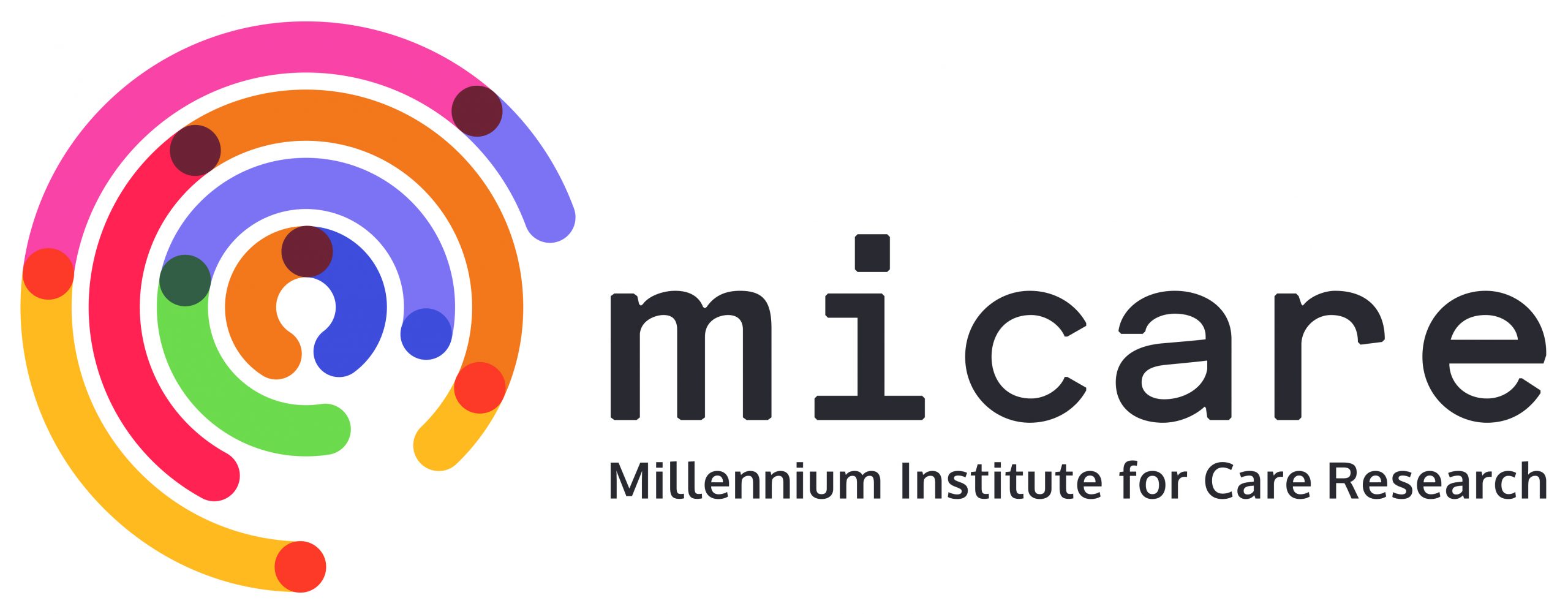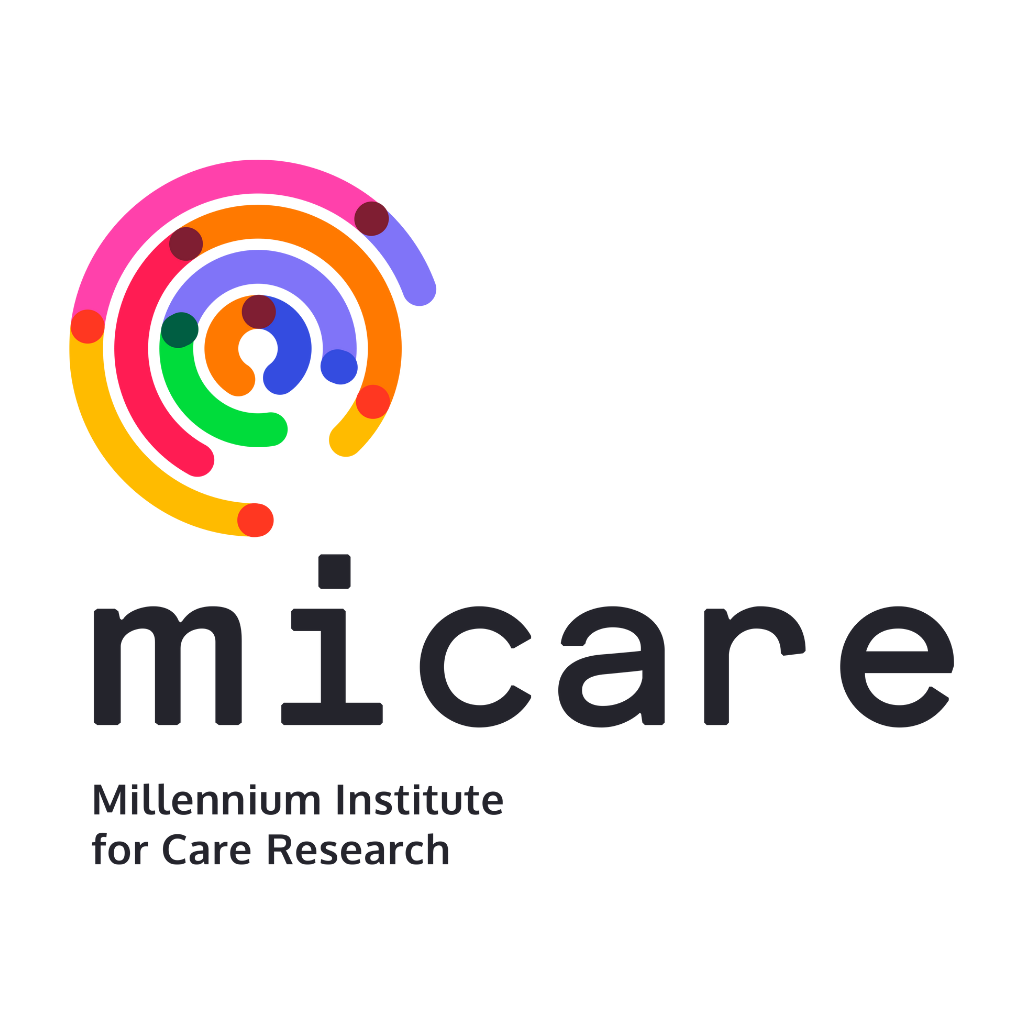In this article we explain the basics of this neurodevelopmental condition known as ASD, or Autism Spectrum Disorder.
By Gabriela Campillo.
Autism Spectrum Disorder (ASD) is a neurodevelopmental condition characterized by two elements that occur simultaneously:
- Difficulties in communication and social interaction.
- Pattern of restricted and repetitive behaviors and interests.

Genetic risk factors:
- Polygenetic: Many genes are involved and there is a high percentage of heritability.
Environmental risk factors:
- Older parents
- Low birth weight
- Complications during pregnancy and/or childbirth
- Fetal exposure to drugs or contaminants
How common is ASD?
1 in 54 children in the world has been identified as having ASD, and it is four times more frequent in males.
Are all people with ASD the same?
No! People with ASD can be very different from each other.
There are differences in their language level, cognitive level, level of support required, and the behaviours exhibited by each person.
References:
Maenner, M. J., Shaw, K. A. & Baio, J. (2020). Prevalence of autism spectrum disorder among children aged 8 years—autism and developmental disabilities monitoring network, 11 sites, United States, 2016. MMWR Surveillance Summaries, 69(4), 1.
Resources from the U.S. National Institute of Mental Health (NIH-USA). Available here.





